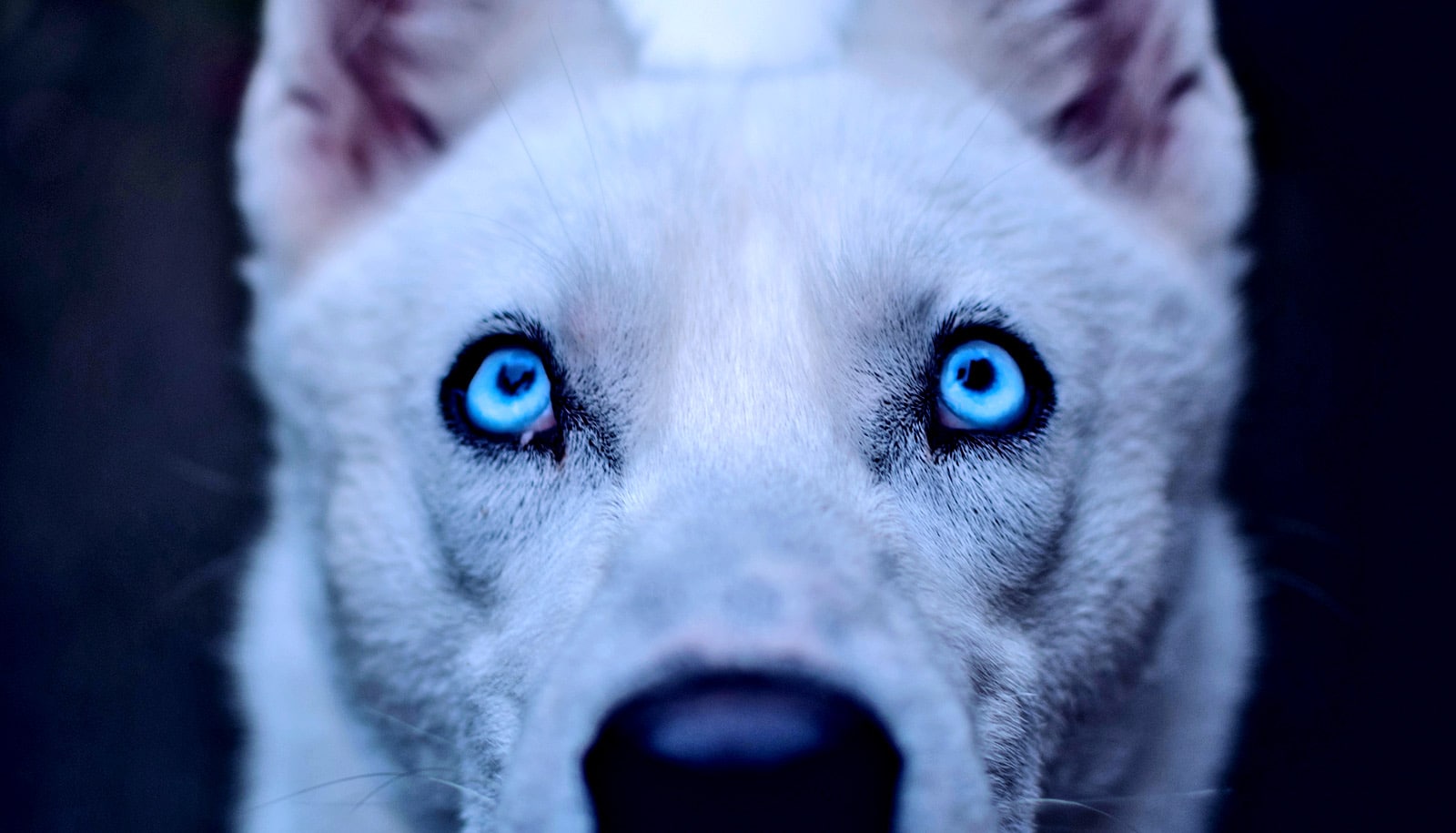The New Guinea highland dog is nearly identical to a canine group previously thought to be extinct, according to a new study.
The findings are good news for the New Guinea singing dog, a population thought to be extinct in the wild, The research shows the singing dog shares nearly its entire genetic identity with the New Guinea highland dog, a rarely seen wild population in the island’s high-altitude, mountain regions.
According to Brian Davis, a co-senior author of the study in PNAS and a research assistant professor at Texas A&M University’s College of Veterinary Medicine & Biomedical Sciences, this suggests that the two dog populations diverged within the past few decades and are essentially from the same population.
About 50 years ago, scientists brought a small number of singing dogs into captivity, and though there are more individuals living in zoos today, they are all descended from the initial founders, and have extremely low genetic diversity.
Because the captive group of singing dogs is severely inbred, this new information could support a conservation program with the potential to save the singing dogs and bring their population back from the brink of extinction.
The research project began in 2018, when James “Mac” MacIntyre, the head of the New Guinea Highland Wild Dog Foundation, led an expedition into the mountains to collect blood samples from highland dogs.
He sent these samples to Davis, who analyzed the highland dog DNA and compared samples collected from captive singing dogs, named for their unique vocalizations that resemble a wolf howl combined with a whale song.
“We assessed about 200,000 genetic markers across the genome,” Davis says. “Once we sampled these markers, my colleague Heidi Parker at the National Institutes of Health, who’s a fantastic canine geneticist, compared these markers with more than 1,500 other dogs.
“We basically did an all-to-all comparison to find their place in the tree of life for dogs,” he says. “When we found out that the highland dogs were most similar to the singing dogs, we knew we had something.”
He discovered that while all dogs in Oceania (the geographical region including Australia, New Guinea, and nearby islands) descend from the same ancestral population, the singing and highland dogs have highly similar genomes. Additionally, the highland dogs do not appear significantly hybridized with any other population of dog, reinforcing their unique place in dog evolution.
In addition to advancing the knowledge of the singing dog population, this project also inspired many questions to fuel future studies.
“Now we’re trying to understand the timing in which each Oceania population branched off,” Davis says. “That’s going to be the subject of some future work, especially when we get more samples. We also hope to understand where these dogs are along the domestication continuum.”
Davis hopes that genetic material from the wild highland dog population can be used to improve genetic health among the captive singing dogs and rebuild their population.
“Having a higher genetic diversity is essential to long-term survival,” Davis says. “The singing dogs in captivity are derived from only a small number of individuals and they’re very inbred. These highland wild dogs are the only dogs like them. The singing dogs may look similar to dogs like the dingo, but they have novel vocalizations and behaviors that no other dog has. Even the way that they walk is different.”
While the effort to rebuild the singing dog population will take many years, Davis believes it is a worthwhile cause to preserve the unique species.
“As an evolutionary biologist, I want to conserve everything that exists,” Davis says. “It’s important that these animals be conserved and that we study them and understand their population. We need to appreciate the adaptations that they’ve undergone that no other dog has, and potentially help protect them as the environment changes and they have to change with it.”
Source: Texas A&M University


